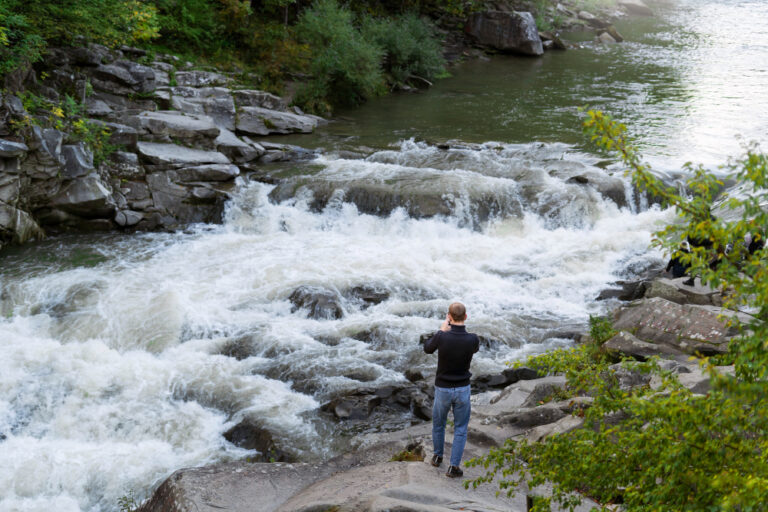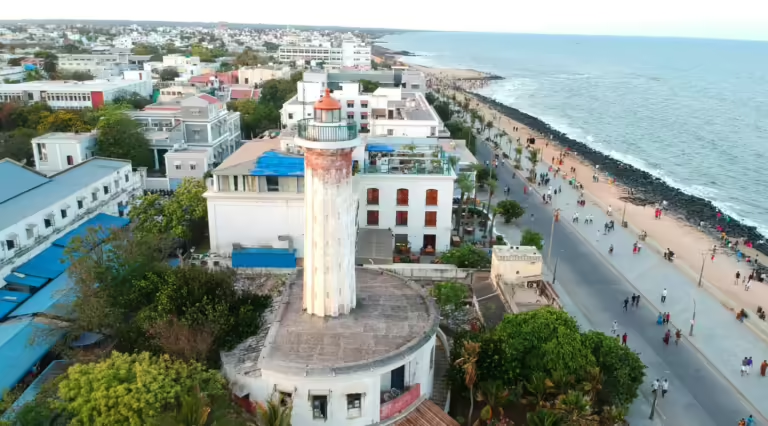Ooty, the Queen of Hills, is not just about misty mountains and tea gardens—it’s also home to some of the most enchanting lakes and reservoirs in South India. From boating adventures to serene nature escapes, Ooty’s water bodies offer something for everyone. Let’s explore the most beautiful ones, from the iconic Ooty Lake to the secluded Avalanche Lake.
1. Ooty Lake – The Iconic Heart of the Hill Station
Built in 1824 by John Sullivan, Ooty Lake is the crown jewel of the town. Surrounded by eucalyptus trees and greenery, this artificial lake is the go-to spot for tourists. You can enjoy paddle boating, cycling around the perimeter, or simply watch the sunset with a cup of hot tea. On weekends, the lake area comes alive with music, street food, and smiling faces.
Don’t Miss: A horse ride near the boathouse and the mini train rides for kids.
2. Pykara Lake – Where Serenity Meets Scenic Beauty
About 20 km from Ooty, Pykara Lake and its twin waterfalls are postcard-perfect. The drive itself—through dense forests and rolling hills—is breathtaking. The Tamil Nadu Tourism Development Corporation runs a boathouse here, where you can take motorboat rides on calm, emerald waters.
Fun Fact: The surrounding pine forests have been featured in countless Bollywood movies!
3. Emerald Lake – Nature’s Untouched Gem
Tucked away in the Silent Valley region, Emerald Lake is one of Ooty’s most peaceful spots. Its turquoise-blue water, framed by tea gardens, makes it ideal for picnics, photography, and birdwatching. The tranquility here is unmatched—no crowds, no noise, just nature whispering through the breeze.
Perfect For: Couples and solo travelers seeking solitude.
4. Avalanche Lake – A Hidden Paradise
Avalanche Lake is around 28 km from Ooty, and reaching it feels like an adventure through lush forests and winding roads. Formed naturally after a landslide in the 1800s (hence the name), this lake is known for its pristine water, blooming flowers, and trout fishing. You can even camp nearby or take a forest jeep safari organized by the Forest Department.
Tip: Visit between October and March for clear skies and crystal reflections.
5. Upper Bhavani Lake – The Hidden Emerald
Often referred to as the “Switzerland of the Nilgiris,” Upper Bhavani Lake is a government-restricted zone accessible only by forest vehicles. The journey takes you through thick forests, streams, and meadows, offering glimpses of deer and wild bison. When the lake finally appears, it takes your breath away—its blue-green surface reflecting the untouched wilderness.
Best Time to Visit
The ideal time to explore Ooty’s lakes is from October to June, when the weather is cool and pleasant. Monsoons (July–September) bring lush greenery and overflowing lakes, making it a photographer’s dream.
Where to Stay – Wake Up to the Sound of Nature
For those who want to stay close to nature yet enjoy comfort and convenience, Mango Hill Hotels offers two perfect stays in Ooty:
-
🏡 Mango Hill Shola Ooty – Nestled near lush forests and misty hills, this property gives you a true nature-immersive experience. Perfect for those seeking peace, panoramic views, and eco-luxury.
-
🏙️ Mango Hill Central Ooty – Located in the heart of Ooty town, it’s ideal for travelers who want quick access to major attractions like Ooty Lake and the Botanical Garden while enjoying premium amenities.
Whether you crave calm solitude or easy access to Ooty’s attractions, Mango Hill Hotels makes your stay unforgettable.


